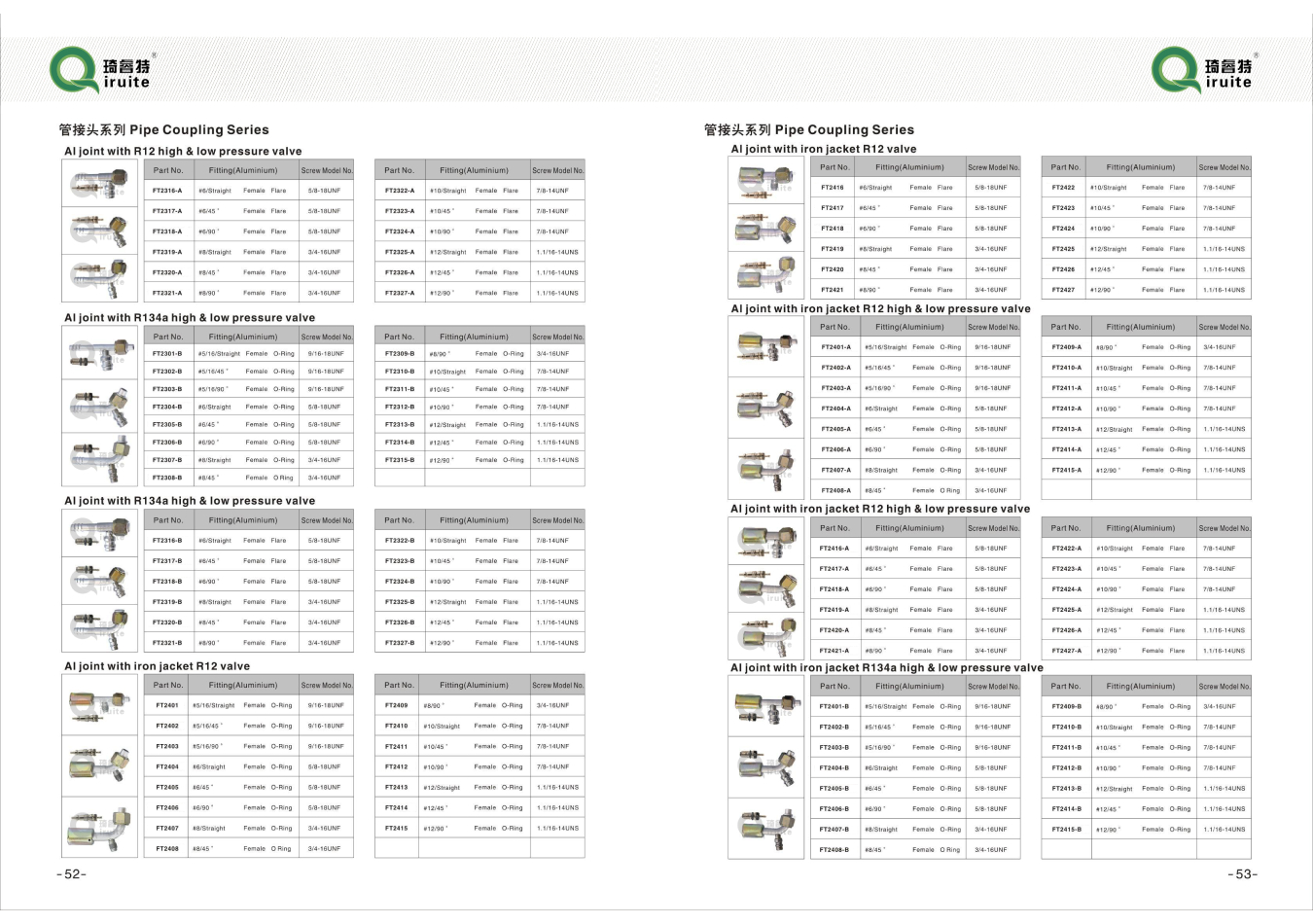how to fix power steering hose leak
How to Fix Power Steering Hose Leak
Power steering systems play a crucial role in the smooth operation of your vehicle, making steering easy and effortless. However, leaks in the power steering hose can lead to reduced performance, steering difficulties, and even damage to the power steering pump. Fortunately, fixing a power steering hose leak is something many car owners can tackle themselves with the right tools and steps.
1. Safety First
Before beginning any repair work, ensure your vehicle is parked on a flat surface, and you have all necessary safety gear on, including gloves and safety glasses. Disconnect the negative battery terminal to avoid any electrical issues.
2. Identify the Leak
Carefully inspect the power steering hoses for signs of leaks. Look for any cracks, fraying, or wet spots around the connections. You may notice fluid pooling under your vehicle or hear whining noises while steering — both are indications of a leak.
3. Gather Your Tools
You’ll need a few essential tools for this repair, including a wrench set, a screwdriver, new power steering fluid, and a replacement hose if necessary. Sometimes, a leak can be fixed with a simple hose clamp, while other times, you may need to replace the entire hose.
4. Drain the Power Steering Fluid
how to fix power steering hose leak

To manage the leak effectively, drain the existing power steering fluid from the reservoir. Use a turkey baster or siphon pump to remove the fluid, placing it in a disposable container. This will help prevent spills during the repair.
5. Replace or Repair the Hose
If the hose is cracked or damaged, use your wrench to disconnect it from the fittings. Carefully remove the old hose and replace it with a new one, ensuring all connections are secure. If it's a minor leak, you might be able to apply a hose repair tape or clamp, provided that the hose isn't severely damaged.
6. Refill Power Steering Fluid
After addressing the leak, refill the power steering reservoir with new fluid, checking the owner’s manual for the correct type. Start the vehicle and turn the steering wheel back and forth to help circulate the fluid.
7. Check for Leaks
Finally, inspect the area around the hoses and connections for any signs of leaking fluid. If everything looks good, reconnect the battery terminal, take your vehicle for a test drive, and confirm that the steering feels normal.
Conclusion
Fixing a power steering hose leak can save you time and money. With basic tools and a little patience, you can keep your steering system functioning properly. Regular maintenance checks can also help catch problems early, ensuring a safer and smoother driving experience.
-
Ultimate Spiral Protection for Hoses & CablesNewsJun.26,2025
-
The Ultimate Quick-Connect Solutions for Every NeedNewsJun.26,2025
-
SAE J1401 Brake Hose: Reliable Choice for Safe BrakingNewsJun.26,2025
-
Reliable J2064 A/C Hoses for Real-World Cooling NeedsNewsJun.26,2025
-
Heavy-Duty Sewer Jetting Hoses Built to LastNewsJun.26,2025
-
Fix Power Steering Tube Leaks Fast – Durable & Affordable SolutionNewsJun.26,2025

